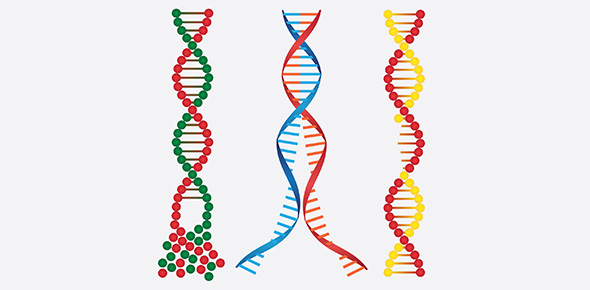Related Flashcards
Related Topics
Cards In This Set
| Front | Back |
|
The ____ ____ states that all organisms are composed of cells, that cells are basic units of structure and function in organisms, and that cells come only from pre-existing cells because cells are self-reproducing
|
- cell theory
|
|
The ____________________ requires that cells be small.
|
- surface area to volume ratio
|
|
As cells get larger in volume, the surface area relative to volume ____.
|
- decreases
|
|
Cells needing greater surface area utilize ____________________.
|
- membrane modifications such as folding, microvilli, etc
|
|
____ ____ ____ use light rays focused by glass lenses.
|
- compound light microscopes
|
|
____ ____ ____ use electrons passing through specimen and focused by electromagnetic lenses.
|
- transmission electron microscopes (TEM)
|
|
____ ____ ____ use electrons scanned across metal-coated specimen; secondary electrons given off by metal are collected by a detector.
|
- scanning electron microscopes (SEM)
|
|
__(1)__ is a function of wavelength; the shorter wavelengths of electrons allow __(2)__ ____ than the longer wavelengths of light rays.
|
(1) magnification
(2) greater magnification |
|
____ is the minimum distance between two objects at which they can still be seen as separate objects.
|
- resolution
|
|
____ is the difference in the shading of an object compared to its background.
|
- contrast
|
|
____ uses fluorescent antibodies to reveil proteins in cells.
|
- phase contrast
|
|
____ ____ uses laser beam to focus on a shallow plane within the cell; this forms a series of optical sections from which a computer creates a three dimensional image.
|
- confocal microscopy
|
|
____ ____ _____ accentuates the light and dark regions and may use a computer to contrast regions with false colors.
|
- video-enhanced contrast microscopy
|
|
Bright-field, phase contrast, differential interference, and dark-field are different types of what?
|
- light microscopes.
|
|
Three different types of cells exist in nature. What are they?
|
- Prokaryotic cells, Eukaryotic cells, Archaea
|








